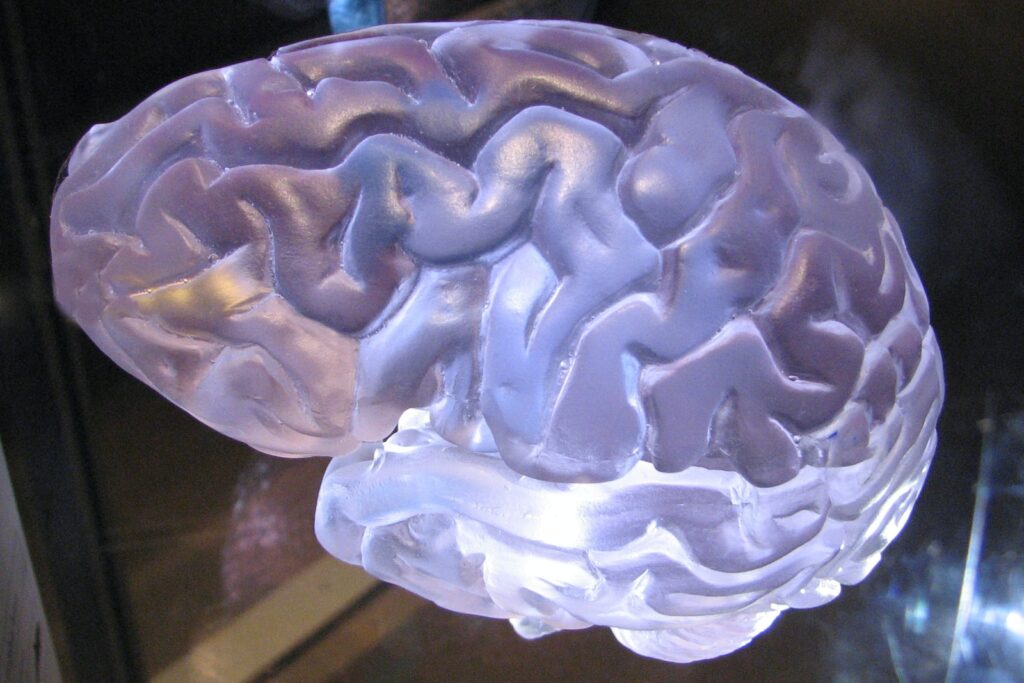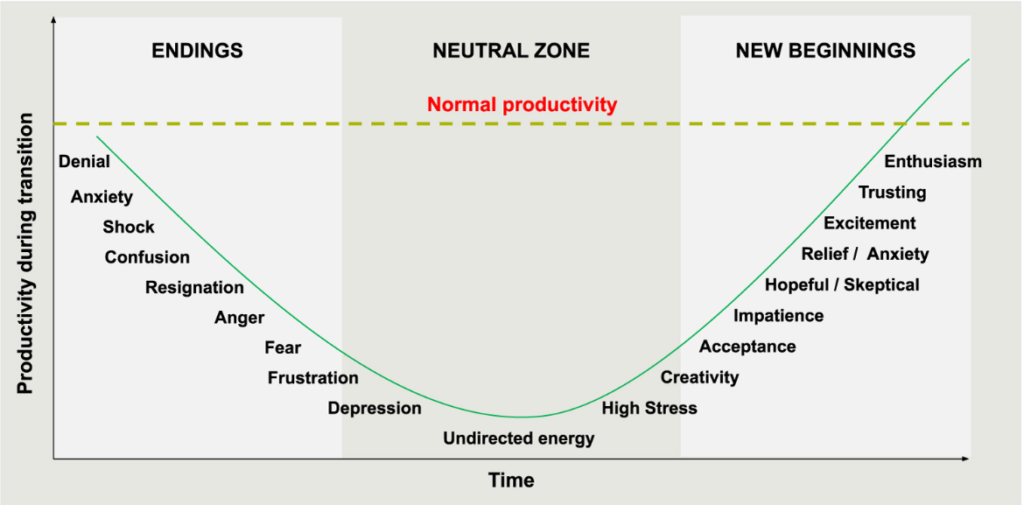A famous saying states that “People only change when they have to or when they want to…”.
This brings us to probably the most important point about change: Change will not take place if there is not a reason for it.
Change is never a self-fulfilling thing, change only needs to or will take place if a different outcome of the status quo is desired. We can differentiate between external and internal factors:
External reasons for change (you HAVE to):
- you have to. Your company is changing a process and it is part of your job role and your managements expectations to you to adopt to the change
- the world, the market is changing. Customers expectations are changing and they are demanding change. Competition is ahead and you are at the risk of losing business.
Internal reasons for change (you WANT to):
- you see an opportunity for improvement for yourself or your company if a change is made
- you observe upcoming changes in the market place and want to get ahead of competition, see an opportunity to grab market share from someone else
- you want to future-proof yourself or your company. You proactively think about horizons 2 & 3 (McKinzey Horizons of growth) and how you can implement changes that set you up for success and growth in the future.

As changing is hard enough, it is infinitely harder if a change is imposed or forced on you. This has to do with the psychological resistance we naturally build up to defend the status quo and remain in our comfort zone.
But let’s have a closer look at what is it, that makes change so hard exactly…
The maturity of people tends to be reluctant towards, or even fear change, and many associate negative things with the word. For me, if I think of another word for change, I think immediately of the word “improvement”. So for me, change has a very positive ring to it. I am also someone who is very curious and have made many positive experiences with change, thus for me it mostly has resulted in positive, new outcomes.
Often if a change is imposed on us though, specifically when we weren’t involved in the decision and may not fully understand the driving reasons behind it – the feelings may not be as positive.
If you want to understand your attitude towards change in different contexts, try to think of other words that pop into your mind associated with it. What words do you think of?
Let’s go a level deeper and let’s try to understand change and the psychology behind it a bit better. To change, essentially is learning to do something different and the tactical steps can be broken down into:
- a reason, why to change: a goal, a desired outcome (external or internal)
- setting an intention to change
- Develop a plan on how to get there
- build skills to execute that on that plan
- mastering these skills by developing experience
- arrive at the changed outcome
However, this is just the operational process. Since we are not machines, some complex emotions come with them, that need to be taken into the equation of every change. Have a look at any given change project or think critically back to a change you tried to implement yourself, and you will know that changing something, goes above and beyond a process.

So, let’s first look at some psychological factors that make change difficult for people. Understanding these factors can help you, your team, and your company to develop strategies to overcome resistance better:
Laziness: Change requires effort. Emotionally, intellectually and sometimes physically. It’s easiest to leave things the way they are. It’s comfortable, it doesn’t require additional effort to learn and adapt, to evangelize and educate other people about new ways of doing things.
Loss of control: We all have our comfort zone, our routines, and the things we can do blindly. Change often involves a perceived loss of control, as we are leaving that comfortable place where we are the expert at every step, leading us to feel vulnerable and anxious. The likelihood of achieving the desired outcome is much more out of our control than with something we have gone through a thousand times before.
Fear of the unknown: All people naturally fear the unknown to some level, which can make change seem intimidating as we are exploring new grounds, and take steps into something we don’t fully know or understand.
Cognitive dissonance: When faced with change, we may experience cognitive dissonance, a psychological discomfort that arises from holding conflicting beliefs or values. This mental tension arises from the inconsistency between our thoughts, feelings, or actions, and motivates us to resolve the contradiction. To alleviate this discomfort, we might modify our beliefs, justify or rationalize the conflicting information, or even selectively avoid new information that might exacerbate the dissonance. By resolving the inconsistency, we can restore a sense of harmony and internal consistency within our cognitive system.
Habitual thinking: Our brains are wired to seek patterns and create habits. which promote cognitive efficiency and minimize mental effort. Heuristics are a great example of this, it is a mental shortcut or rule-of-thumb that simplifies complex problem-solving and decision-making processes. This ingrained preference for habitual thinking, routine, and familiarity creates resistance to change, as adopting new behaviors and breaking established patterns require extra mental resources and can be tiring and thus challenging for us to accomplish.
Okay, since we understand the psychological hurdles which might prevent us from adapting to change, let’s look at how science breaks down the process of change. The curve of change according to William Bridges, a renowned change consultant, describes them well and summarises them in three different phases:

Letting Go: The first stage of change often involves resistance from employees. They may be reluctant to let go of familiar habits, beliefs, or routines. It is essential to acknowledge this resistance and work through it to move forward.
Transition Phase: This stage marks the shift from resistance to exploration. It involves understanding the reasons behind the change, seeking support, and beginning to develop new skills and habits.
Adaptation/New Beginnings: In this final stage, employees become committed and excited about the results of the change or the opportunities it presents. They have embraced new ways of doing things and are ready to reap the benefits.
We looked at hindering factors before, so let’s check out the tools that our brain offers us to DO change:

Neuroplasticity: Our brains have the remarkable ability to adapt and rewire themselves, a concept known as neuroplasticity. This capacity for change can be harnessed to develop new habits and skills over time, making change more manageable and achievable.
Growth mindset: Encouraging a growth mindset in the workplace, the belief that our abilities can be developed through dedication and effort, can significantly impact employees’ ability to adapt to change. Cultivating a growth mindset fosters resilience, motivation, and a positive attitude toward change.
Reward Prediction: Trying to fully understand, imagine and visualize why we are changing helps us utilize our hormones. Dopamine, a neurotransmitter, plays a crucial role in the brain’s reward and motivation pathways. When we anticipate a future reward, dopamine is released in areas such as the striatum and prefrontal cortex, reinforcing goal-directed behaviors and motivating us to pursue actions that lead to the desired outcome. This process helps us to learn and adapt our behaviors to maximize rewards in the future.
“If nothing changes, nothing will change…”
What I hope to leave you with is: Whilst change is hard, it is possible with the right plan and conscious use of the tools we were given to cope with it. And after all, without changing something, nothing will change. So if we don’t want to get stuck in the exact situation we are in today if we want to grow as people and in our career, and if we want to improve outcomes – we are well advised to lean into the opportunities for change and start to enjoy the process. When we consider change as an opportunity for improvement, we can reshape our mindset and embrace it wholeheartedly!




